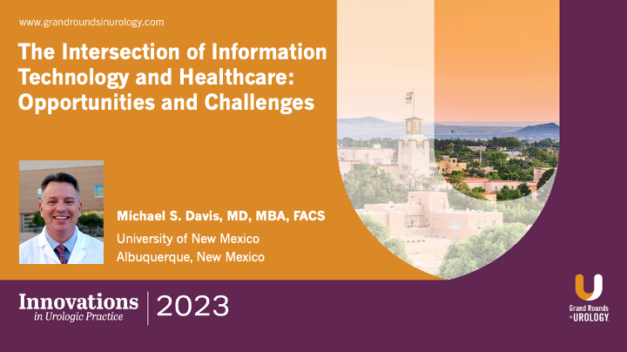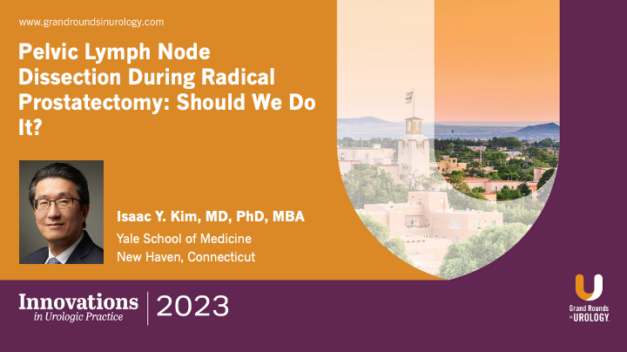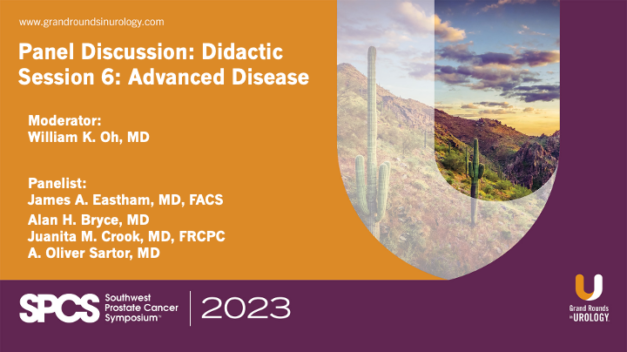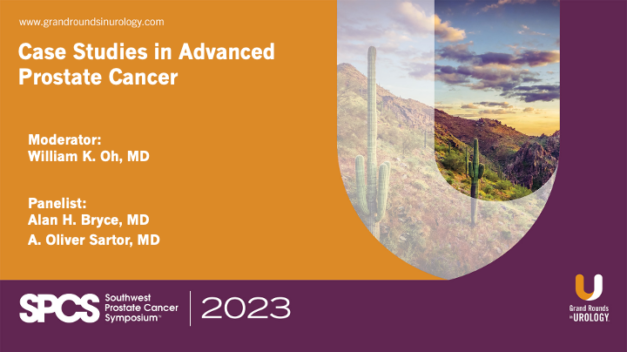The Intersection of Information Technology and Healthcare: Opportunities and Challenges
Dr. Davis outlines the ways IT is revolutionizing healthcare delivery. He highlights the role of electronic health records (EHRs), which improve accessibility, accuracy, and coordination of medical information. He notes the adoption of telemedicine, particularly during the COVID-19 pandemic, and its role in providing convenient, accessible, and cost-effective care.
Artificial intelligence (AI) and machine learning are components of the future of healthcare. Dr. Davis explains their applications in predictive analytics, personalized medicine, and diagnostic imaging, where AI algorithms can detect patterns. However, Dr. Davis does not overlook the challenges posed by integrating IT into healthcare, addressing data privacy and security concerns.
Dr. Davis acknowledges the significant initial investment required for IT infrastructure and training but argues that the long-term benefits justify these costs. He advocates for continued investment and innovation in healthcare IT to sustain and enhance its positive impact.
Read More



